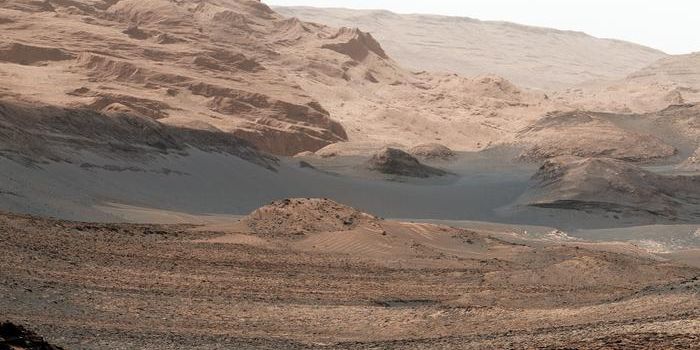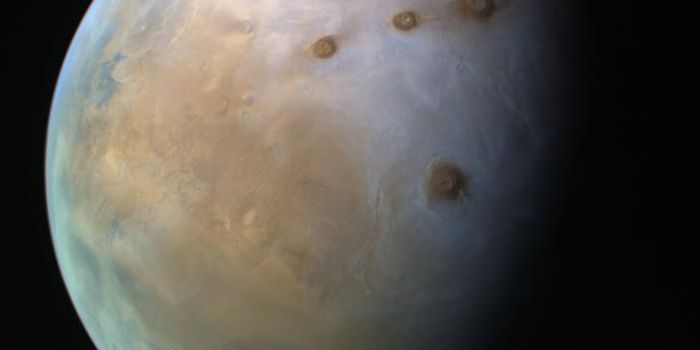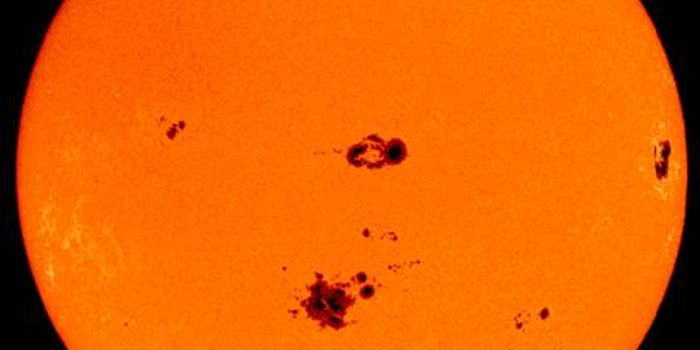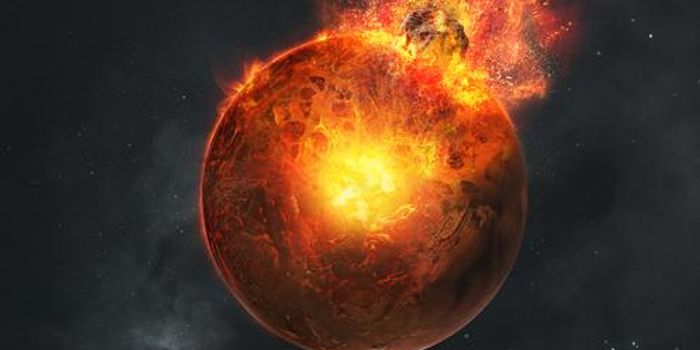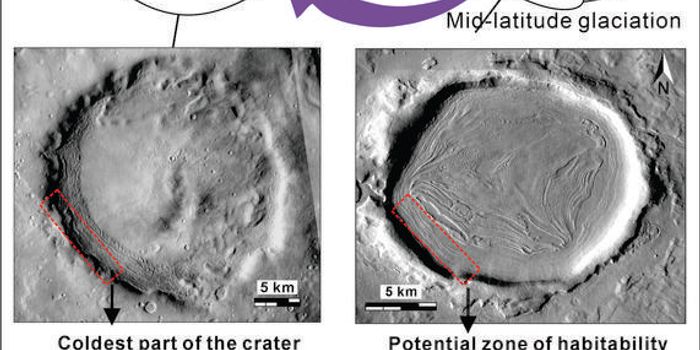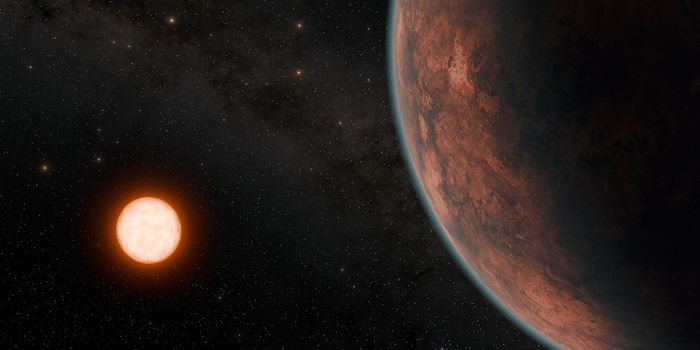Ancient Mars May Have Been Warm, Wet, and Rainy
Was Mars a dry and cold planet billions of years ago like we see today, or was it warmer, wetter, and possibly having the conditions for life as we know it? This is what a recent study published in the Journal of Geophysical Research Planets hopes to address as a team of researchers from the University of Colorado Boulder investigated how conditions on ancient Mars could completely contradict what the Red Planet looks like today. This study has the potential to help researchers better understand the formation and evolution of Mars and whether it could have once supported life as we know it.
For the study, the researchers analyzed images of valley network heads in the southern highlands of Mars, which have been long hypothesized to have formed from flowing liquid water, by identifying their distribution, location, and elevation throughout the southern hemisphere. The goal of the study was to compare these observations to longstanding climate models and ascertain if these valley networks were created from ice cap meltwater or from a rainy and wet environment. In the end, the team discovered their findings match with a rainy and wet environment, as opposed to ice cap meltwater, adding evidence that Mars was possibly hospitable for life as we know it billions of years ago.
“Water from these ice caps starts to form valleys only around a narrow band of elevations,” said Dr. Amanda Steckel, who is a postdoctoral scholar at Caltech and lead author of the study. “Whereas if you have distributed precipitation, you can have valley heads forming everywhere.”
While this study presents potentially groundbreaking findings regarding the climate history of ancient Mars, the researchers emphasize their findings are not conclusive and require much more studies before the scientific community and conclusively state Mars was rainy and wet billions of years ago.
What new discoveries about ancient Mars will researchers make in the coming years and decades? Only time will tell, and this is why we science!
As always, keep doing science & keep looking up!
Sources: Journal of Geophysical Research Planets, EurekAlert!
Featured Image: Artist's illustration of present-day Mars and a potentially ancient Mars. (Credit: NASA Goddard Space Flight Center)

